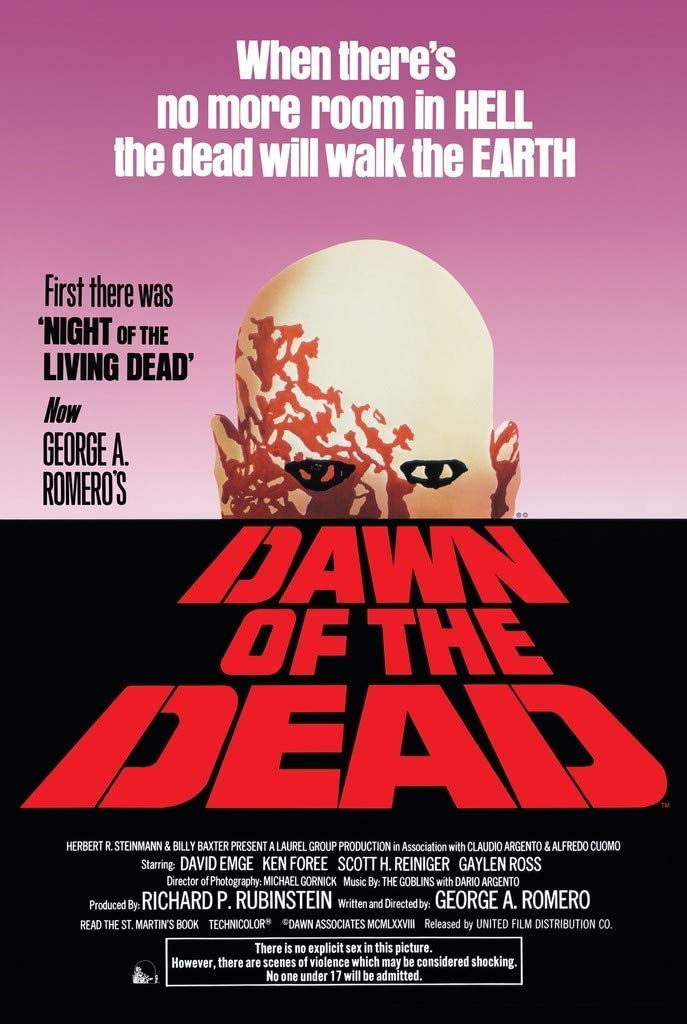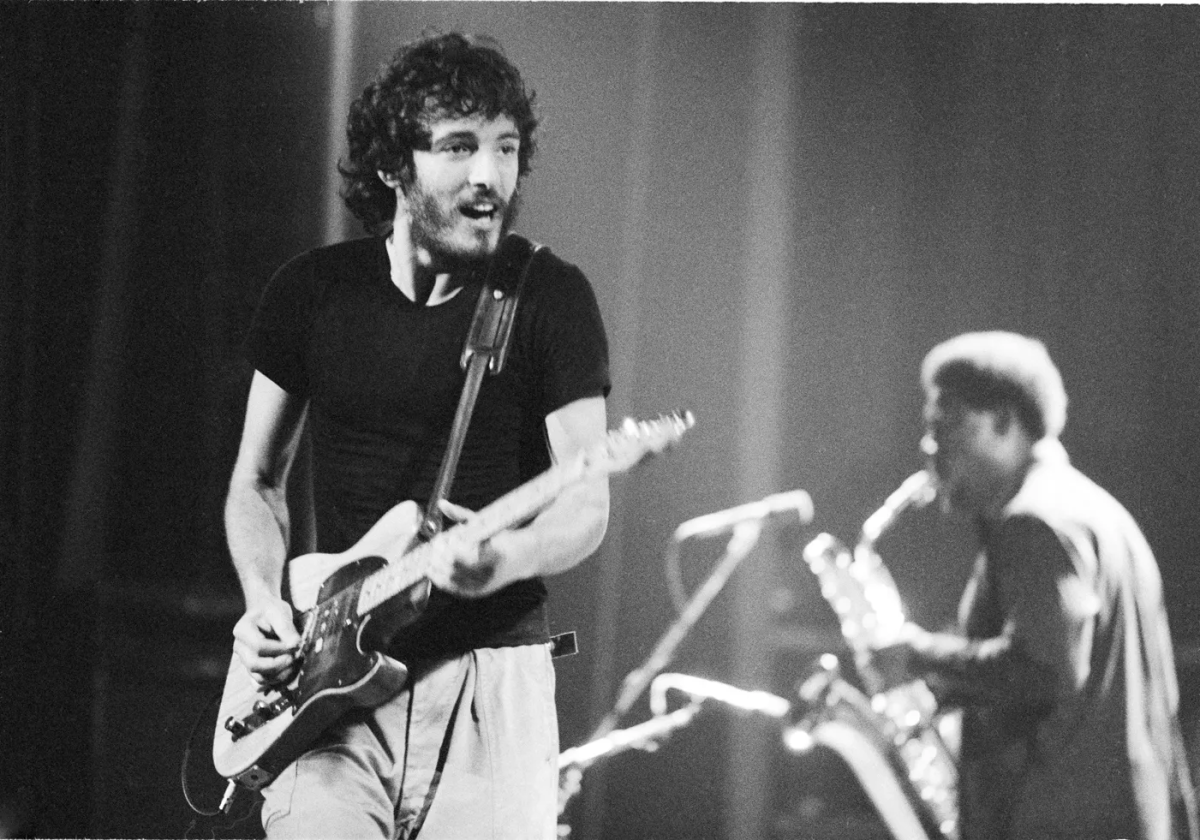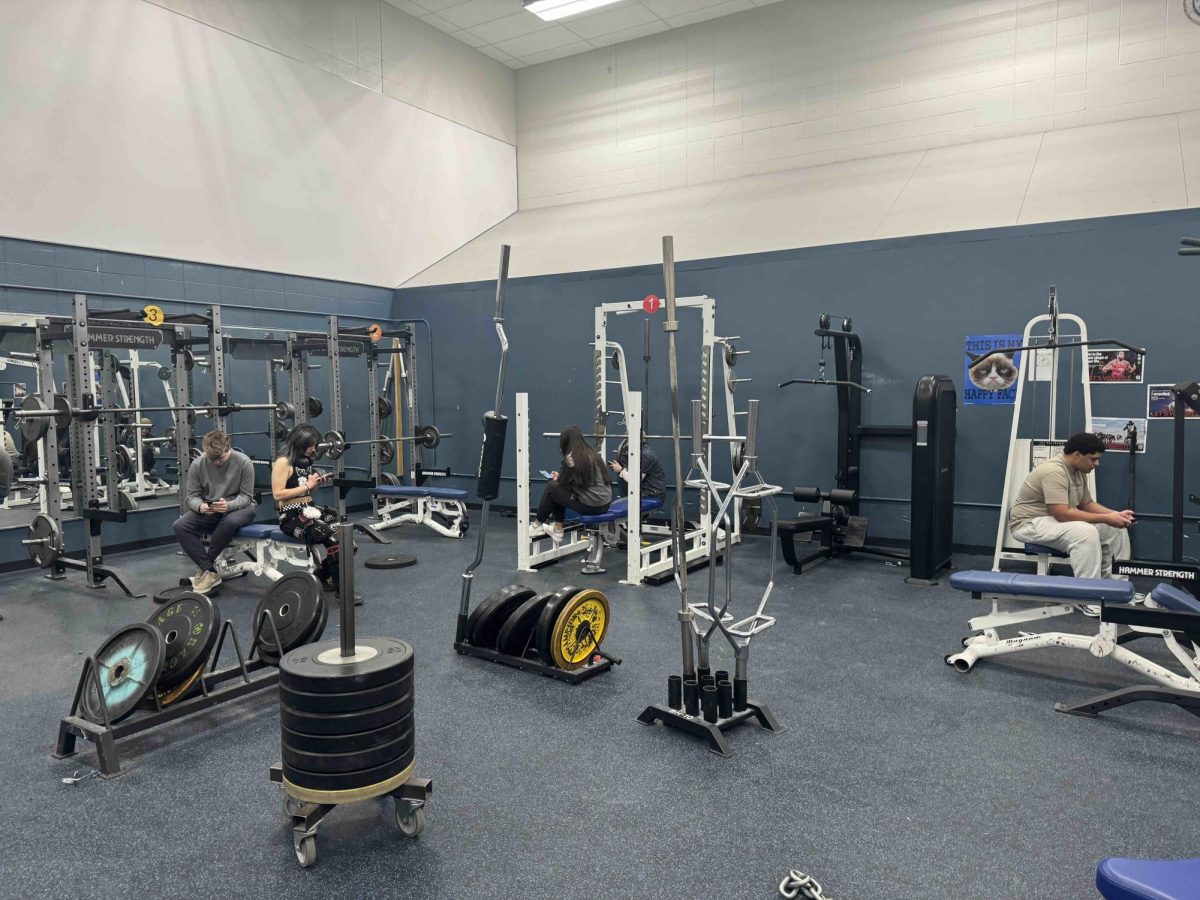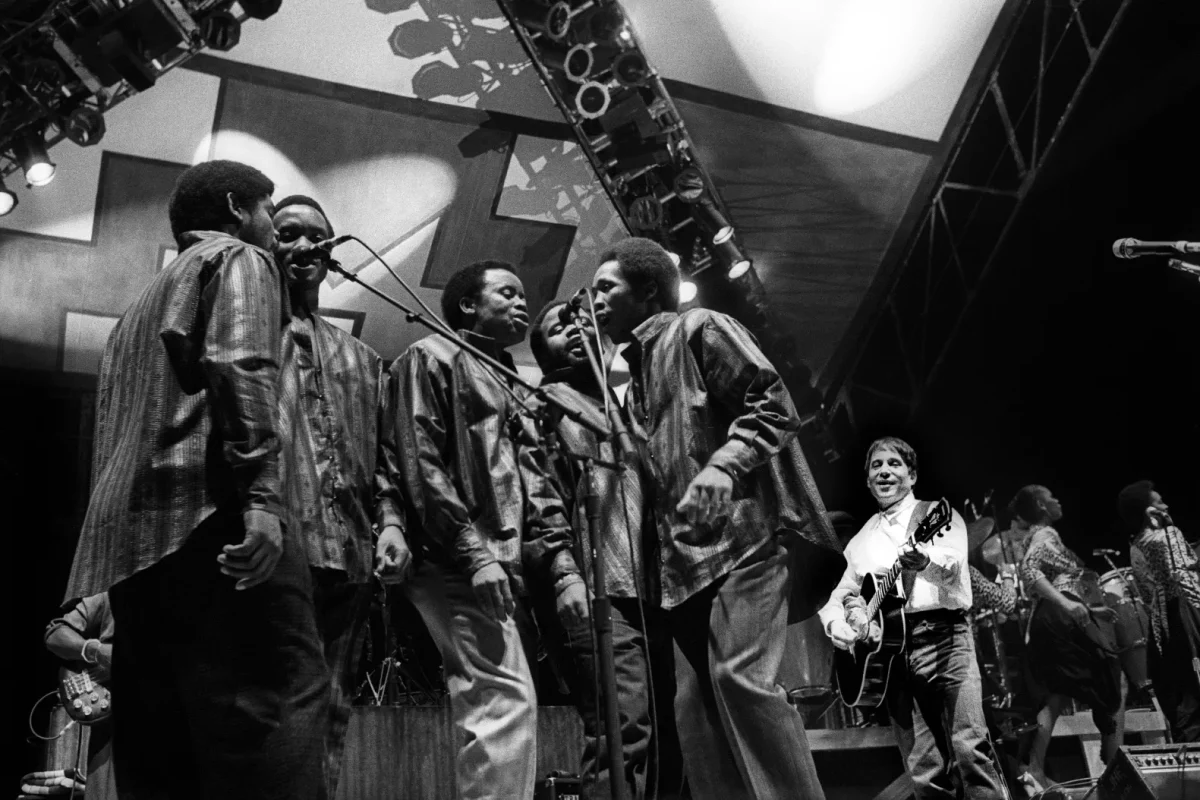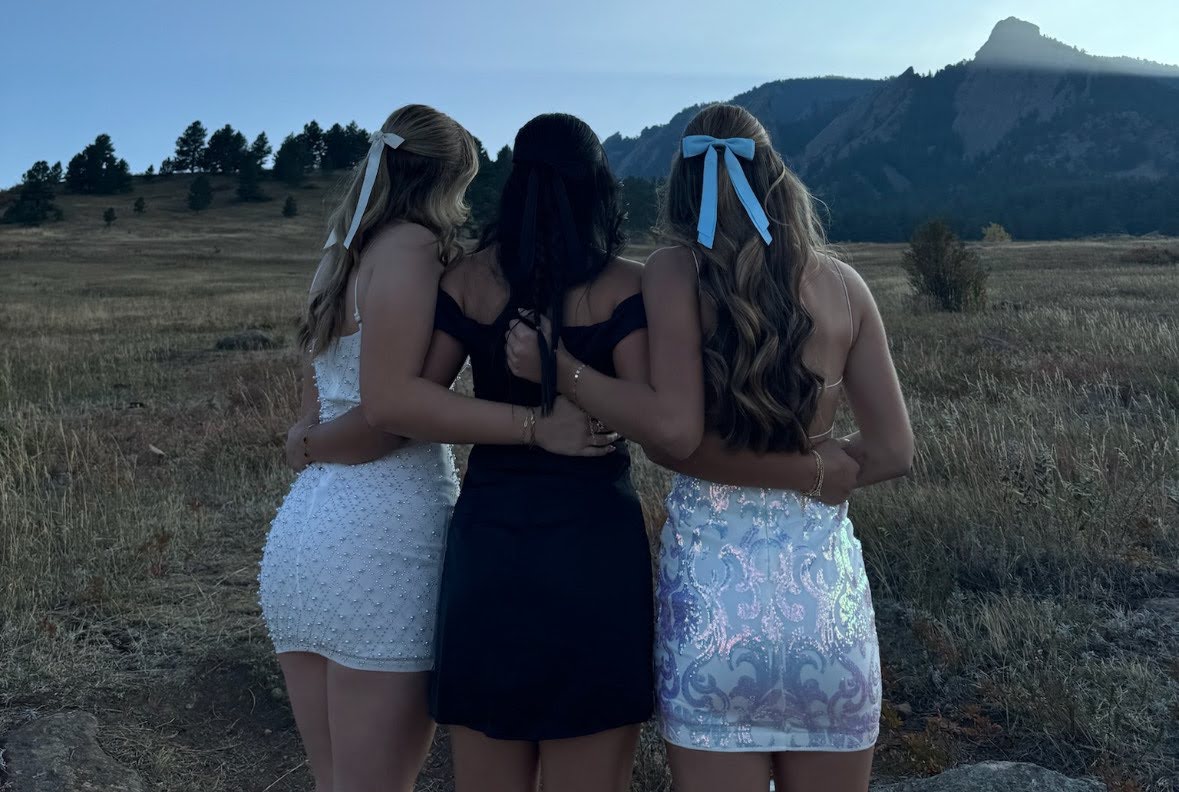In a country built around the consumer, often the only way to pass time is by consuming. Thus, shopping malls. While Amazon, an online shopping mall, has overtaken the physical mall, shopping in a space molded to pry as much change from a consumer as possible is an essential part of America, online or not.
After an Apocalyptic event, The most striking ruins of our nation will be shopping malls: this is the premise of horror master George A. Romero’s masterpiece Dawn of The Dead.
Romero is the creator of zombies in the way we think of them. Night of The Living Dead, Romero’s shoestring budget debut, is the first instance of the mindless hordes of walking dead that infect our culture. While Night of the Living Dead was the first movie about zombies, Dawn of The Dead, released a decade after Night with an actual budget, is the best.
Dawn follows a T.V. reporter, his pregnant girlfriend, and two members of a S.W.A.T. team at the start of a zombie apocalypse. After escaping Philadelphia, the group barricades themselves in a suburban shopping mall to wait for the end of the apocalypse.
The undead in the mall appear to act in familiar routines: Zombies drone around stores, crawl up escalators, limp around the food court. Somewhere in the brain chemistry of the reanimated, they find solace in this routine: some part of them, buried deep in their past, thinks this is normal.
There are several montages of zombies stumbling about; they are hilarious, yet they also show how dominating the American routine can be. Like cows brought out to pasture, brain-dead humans bring themselves to malls.
Most of Dawn’s action revolves around the survivors’ arrival and barricading of the mall.
Upon their arrival, the survivors splurge on everything they couldn’t afford in their prior lives: fancy coats, any firearm imaginable, top-of-the-line TVs. By the time they clear out all the undead, the survivors are bored—emergency broadcasts on the TV and radio stop shortly after, leaving those in the mall desperate and alone. As it becomes clear hope is lost, the survivors grow distant, they argue and spend more time alone.
By the end, all the remaining survivors are hollow shells of who they were. This is where Dawn sets itself apart from the horde of zombie movies—it is icy and cold.
In the event of an apocalypse, a mall seems like paradise. Four people could live a decade in a mall, yet they will grow bored.
Boredom is the true terror of the apocalypse. Everything humans need to be happy depends on other humans: when few remain, there isn’t much reason to live.
Dawn of the Dead is one of the foundational members of the zombie canon because of the aspects that have been replicated hundreds of times. Yet, Dawn has lingered in the popular canon longer than, say, Return of the Living Dead because it is a much more vicious movie than its schlocky peers.
Dawn of the Dead is the greatest zombie movie because it is quiet.
Dawn of The Dead is difficult to find on streaming. I saw it in a theater for a 45th anniversary showing earlier this year. Keep your eyes peeled for it.



